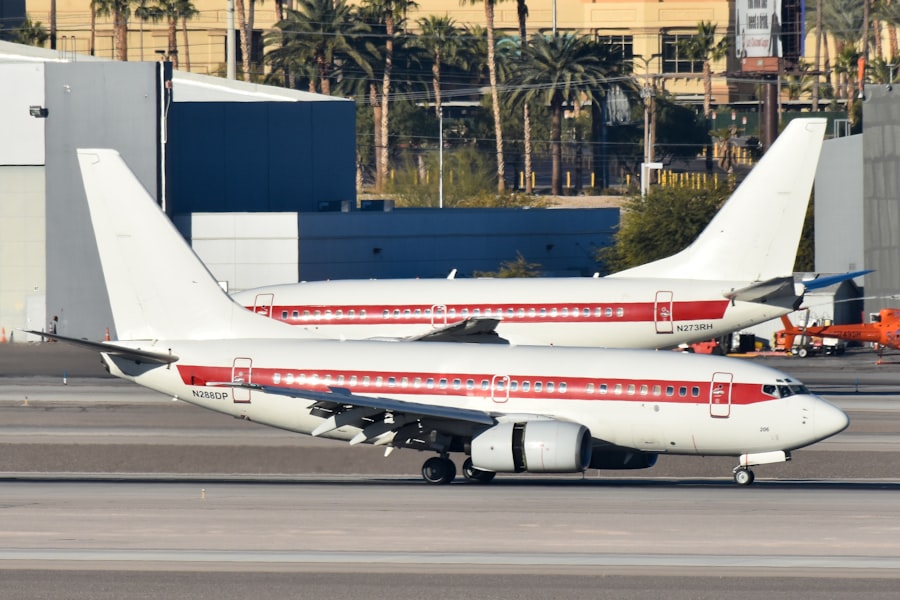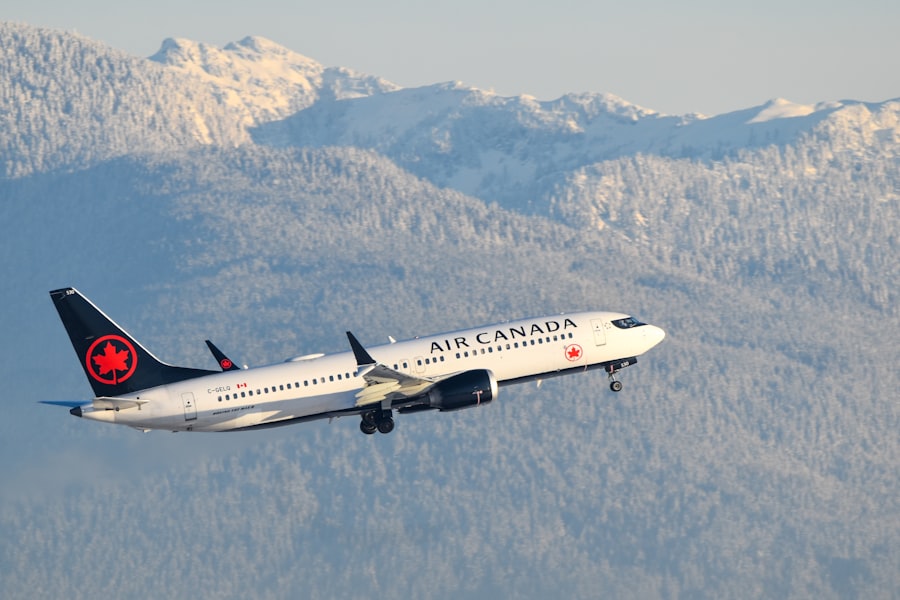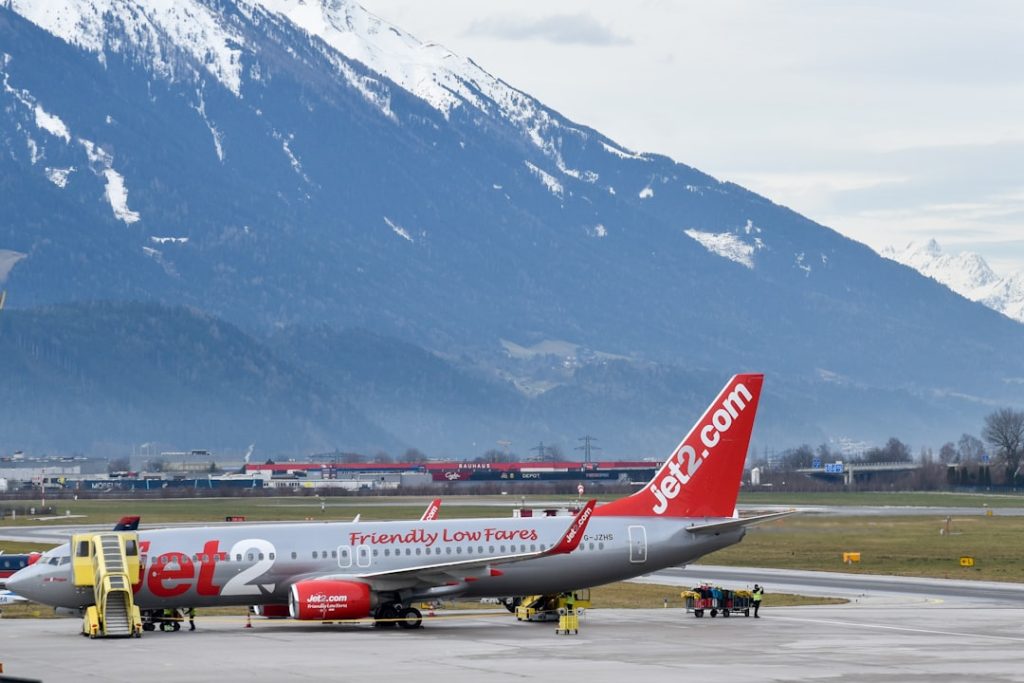The Boeing 737, a cornerstone of commercial aviation, has become synonymous with air travel for millions around the globe. Since its inception in the late 1960s, this narrow-body aircraft has evolved into one of the most successful jetliners in history. With its versatility, efficiency, and reliability, the 737 has served a multitude of airlines and has been adapted for various roles, from short-haul domestic flights to longer international routes.
Its design philosophy emphasizes operational efficiency and passenger comfort, making it a preferred choice for airlines seeking to optimize their fleets. The significance of the Boeing 737 extends beyond its impressive sales figures; it has played a pivotal role in shaping the modern aviation landscape. As airlines have expanded their networks and increased passenger capacity, the 737 has adapted to meet these demands.
Its ability to operate in diverse environments—from bustling international airports to smaller regional airfields—has made it a vital asset for carriers worldwide. The aircraft’s legacy is not merely one of numbers; it embodies the evolution of air travel itself, reflecting changes in technology, passenger expectations, and environmental considerations.
Key Takeaways
- The Boeing 737 is a widely used narrow-body aircraft known for its reliability and versatility in the aviation industry.
- The early development and design of the Boeing 737 focused on creating a cost-effective and fuel-efficient aircraft to meet the growing demand for short to medium-haul flights.
- Major changes and upgrades in the Boeing 737 series have included improved engines, winglets for fuel efficiency, and advanced avionics systems for enhanced safety and performance.
- The Boeing 737 has had a significant impact on the aviation industry, revolutionizing short-haul travel and contributing to the growth of low-cost carriers.
- Environmental and efficiency improvements in the Boeing 737 have included reduced noise levels, lower fuel consumption, and decreased emissions, making it a more sustainable aircraft option.
Early Development and Design of the Boeing 737
The Boeing 737 was conceived in the early 1960s as a response to the growing demand for short-haul air travel. At that time, airlines were looking for a cost-effective solution to transport passengers over shorter distances, particularly as jet travel began to gain popularity. Boeing recognized this opportunity and initiated the development of a new aircraft that would fill this niche.
The design process was marked by a commitment to simplicity and efficiency, which would later become hallmarks of the 737 series. The first prototype of the Boeing 737 took to the skies on April 9, 1967. It was designed with a low-wing configuration and a T-tail, which allowed for a spacious cabin layout and improved aerodynamics.
The aircraft was powered by two Pratt & Whitney JT8D engines mounted on the rear fuselage, a design choice that not only enhanced performance but also reduced cabin noise—a significant consideration for passenger comfort. The initial model, known as the 737-100, could accommodate around 100 passengers and was quickly adopted by airlines such as Lufthansa and United Airlines, marking the beginning of a new era in commercial aviation.
Major Changes and Upgrades in the Boeing 737 Series

As the aviation industry evolved, so too did the Boeing 737. The early models laid the groundwork for a series of upgrades and variations that would enhance performance, capacity, and operational efficiency. The introduction of the 737-200 in 1968 brought increased seating capacity and improved range, making it an attractive option for airlines looking to maximize profitability on short-haul routes.
This model featured a stretched fuselage and more powerful engines, allowing it to carry more passengers while maintaining competitive operating costs. The evolution of the 737 continued with the introduction of the Classic series in the late 1980s. This iteration included the 737-300, -400, and -500 models, which featured significant advancements in aerodynamics and engine technology.
The Classic series was equipped with CFM56 engines that offered improved fuel efficiency and reduced emissions compared to their predecessors. Additionally, these models incorporated modern avionics and cabin designs that enhanced passenger comfort and operational capabilities. The success of the Classic series solidified the Boeing 737’s position as a leading choice for airlines worldwide.
Impact of the Boeing 737 on the Aviation Industry
| Aspect | Impact |
|---|---|
| Introduction of the Boeing 737 | Revolutionized short-haul air travel with its efficiency and reliability |
| Market Dominance | Became the best-selling commercial jet in aviation history |
| Technological Advancements | Introduced advanced avionics and fuel-efficient engines |
| Industry Standard | Set the standard for modern narrow-body aircraft design |
| Global Connectivity | Enabled airlines to expand their route networks and increase passenger traffic |
The impact of the Boeing 737 on the aviation industry cannot be overstated. As one of the best-selling commercial jetliners in history, its influence extends across various facets of air travel. The aircraft’s design philosophy has set benchmarks for efficiency and reliability that other manufacturers strive to emulate.
Airlines have come to rely on the 737 for its operational flexibility, allowing them to serve both high-demand routes and underserved markets effectively. Moreover, the Boeing 737 has played a crucial role in democratizing air travel. By providing airlines with an economical option for short-haul flights, it has made air travel accessible to a broader audience.
The proliferation of low-cost carriers utilizing the 737 has transformed regional travel dynamics, enabling more people to fly than ever before. This shift has not only stimulated economic growth in various regions but has also fostered greater connectivity between cities and countries.
Environmental and Efficiency Improvements in the Boeing 737
In recent years, environmental concerns have taken center stage in aviation discussions, prompting manufacturers like Boeing to prioritize sustainability in their designs. The latest iterations of the Boeing 737, particularly the MAX series, have incorporated numerous features aimed at reducing fuel consumption and emissions. These improvements are critical as airlines face increasing pressure to operate more sustainably while maintaining profitability.
The Boeing 737 MAX series is equipped with advanced LEAP-1B engines developed by CFM International, which offer significant fuel savings compared to previous models. These engines utilize advanced materials and aerodynamic designs that enhance efficiency while minimizing noise levels. Additionally, aerodynamic improvements such as winglets have been integrated into the design to further reduce drag during flight.
Collectively, these enhancements contribute to a reduction in carbon emissions per seat mile, aligning with global efforts to mitigate climate change impacts.
Technological Advancements in the Boeing 737

Technological innovation has been a driving force behind the ongoing success of the Boeing 737 series. Each new model has introduced cutting-edge systems that enhance safety, performance, and passenger experience. The incorporation of fly-by-wire technology in later models has revolutionized aircraft control systems, allowing for more precise handling and improved safety features.
This technology replaces traditional mechanical controls with electronic systems that provide pilots with enhanced situational awareness. Furthermore, advancements in cockpit design have transformed pilot operations on the Boeing 737. The introduction of digital displays and advanced avionics systems has streamlined navigation and communication processes.
Features such as automatic flight control systems and enhanced weather radar capabilities enable pilots to make informed decisions during flight operations. These technological enhancements not only improve safety but also contribute to more efficient flight paths and reduced operational costs.
Future of the Boeing 737: New Models and Innovations
Looking ahead, the future of the Boeing 737 appears promising as Boeing continues to innovate and adapt to changing market demands. The company is actively exploring new technologies that could further enhance the aircraft’s performance and sustainability. Concepts such as hybrid-electric propulsion systems are being researched as potential solutions to reduce reliance on traditional jet fuel while minimizing emissions.
Additionally, Boeing is focusing on improving passenger experience through cabin innovations. Enhanced in-flight entertainment systems, improved seating configurations, and better cabin air quality are all areas being explored to meet evolving consumer expectations. As airlines seek to differentiate themselves in a competitive market, these innovations will play a crucial role in attracting passengers and enhancing overall satisfaction.
The Legacy and Continued Evolution of the Boeing 737
The legacy of the Boeing 737 is one of resilience and adaptability in an ever-changing aviation landscape. From its humble beginnings as a short-haul jetliner to its current status as a global icon of air travel, the aircraft has continually evolved to meet the needs of airlines and passengers alike. Its impact on the aviation industry is profound, shaping operational practices and influencing market dynamics across the globe.
As we look toward the future, it is clear that the Boeing 737 will continue to play a vital role in commercial aviation. With ongoing advancements in technology and a commitment to sustainability, this iconic aircraft is poised to remain at the forefront of air travel for years to come. The journey of the Boeing 737 is far from over; it is a testament to human ingenuity and an enduring symbol of progress in aviation history.


